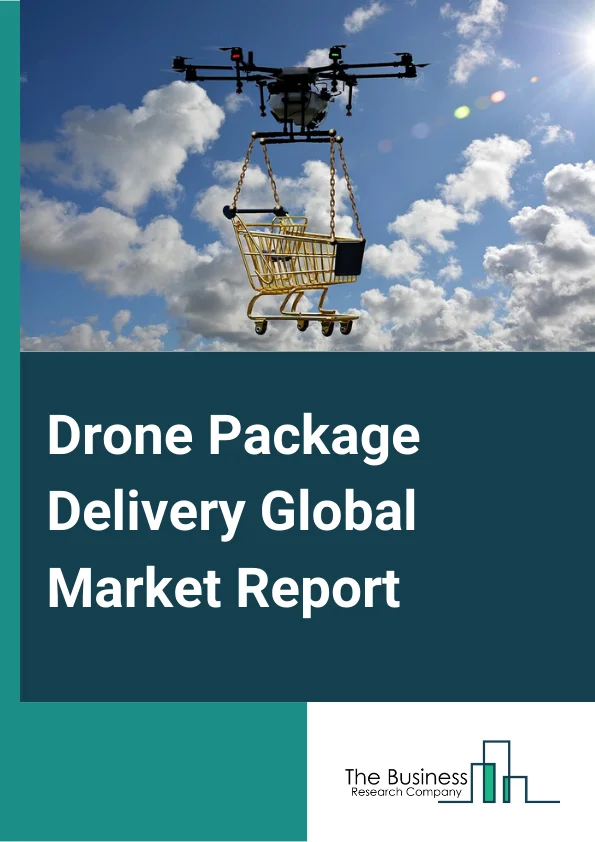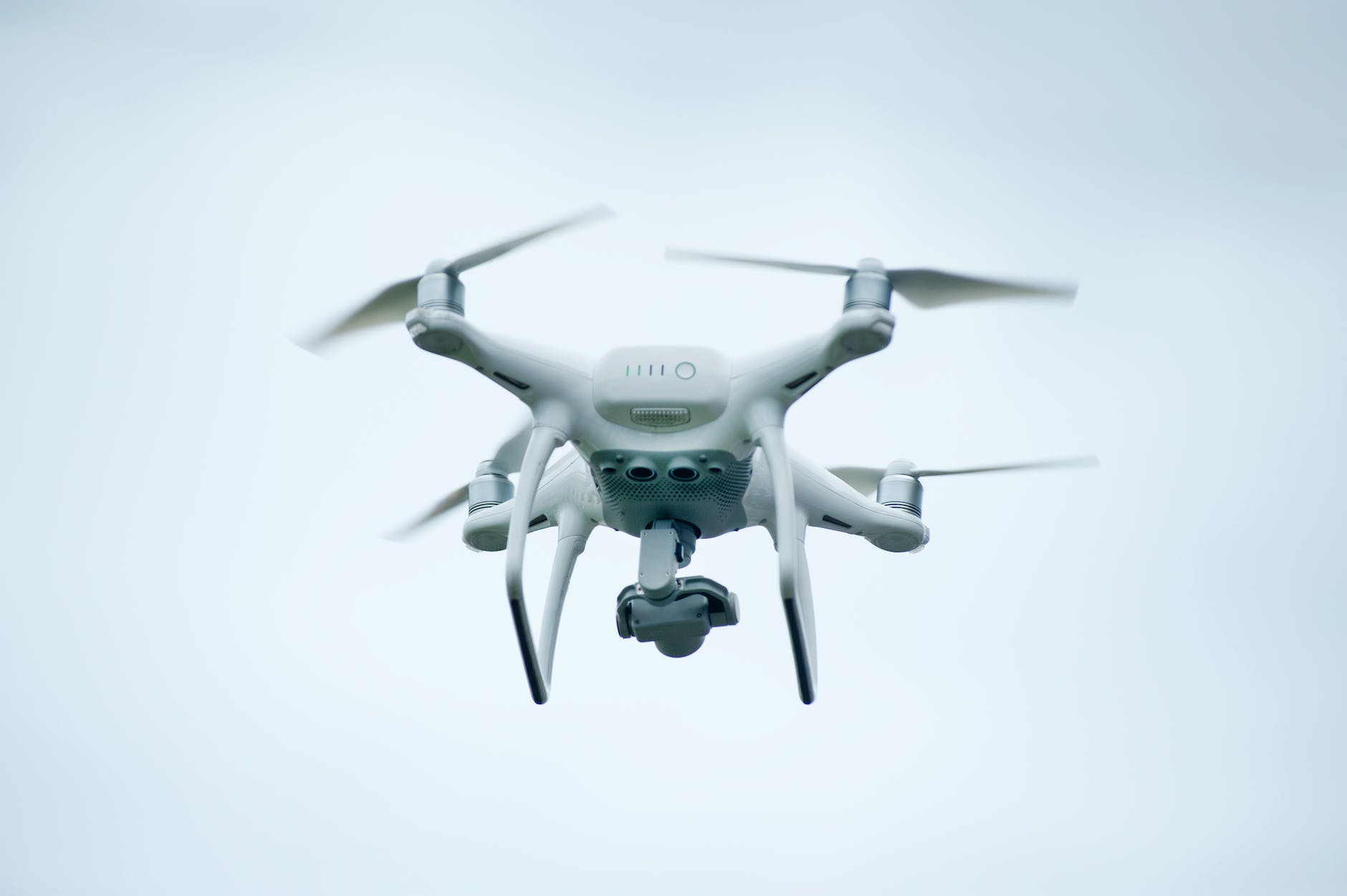E-commerce logistics has become an essential part of the digital era, ensuring seamless and timely delivery of products to customers’ doorsteps. However, with the increasing demand and expectations for faster deliveries, traditional methods have faced limitations. Enter next-generation delivery drones – an innovative and futuristic solution that is revolutionizing e-commerce logistics as we know it.
The Rise of Delivery Drones
Delivery drones have seen significant advancements in recent years, evolving from experimental concepts to practical solutions. Industry giants like Amazon Prime Air, Google Wing, and UPS Flight Forward have been at the forefront of this revolution. These companies have invested heavily in research and development to create drones capable of efficiently delivering packages to customers.
The popularity and potential of delivery drones are also reflected in market projections. According to a report by Statista, the global market for delivery drones is estimated to reach $11.2 billion by 2026, growing at a compound annual growth rate of 21.2% from 2021 to 2026.
The Benefits of Next-Gen Delivery Drones
Next-generation delivery drones offer several advantages over traditional delivery methods. These benefits contribute to a more efficient, cost-effective, and environmentally friendly e-commerce logistics ecosystem.
Efficiency
Delivery drones significantly reduce delivery timeframes and human error. With the ability to fly directly from a warehouse to the customer’s address, drones eliminate the need for intermediate transportation, such as multiple trucks or sorting centers. This direct route ensures faster deliveries, meeting customers’ expectations for quick turnaround times.
Cost-effectiveness
Utilizing delivery drones can generate considerable cost savings for businesses. By eliminating labor costs associated with traditional delivery methods, companies can reduce their operational expenses. Drones also minimize transportation expenses, as they don’t rely on fuel or infrastructure like roads. These cost savings can ultimately be passed onto the consumer, enabling competitive pricing and attractive delivery options.
Environmental Impact
Delivery drones have a positive environmental impact by reducing carbon emissions. Unlike traditional delivery methods that rely on vehicles burning fossil fuels, drones are electric-powered and produce zero emissions during operation. The utilization of drones for e-commerce logistics helps reduce the overall carbon footprint associated with the transportation industry.
Technological Innovations in Delivery Drones
Next-gen delivery drones harness cutting-edge technologies to optimize their performance in e-commerce logistics.

Image courtesy of apuedge.com via Google Images
Drone Design Advancements
Significant advancements have been made in drone design, making them more compact, lightweight, and aerodynamic. These advancements enhance maneuverability and increase flight efficiency. Smaller and lighter drones are also easier to handle and transport, enabling businesses to scale their delivery operations effectively.
Artificial Intelligence Integration
Artificial intelligence plays a crucial role in the autonomy of delivery drones. AI algorithms enable drones to navigate autonomously, avoiding obstacles, and optimizing delivery routes in real-time. By leveraging AI capabilities, drones can adapt to changing conditions, ensure safe navigation, and streamline delivery operations.
Payload Capacity Improvements
Next-gen delivery drones are designed to carry larger and heavier packages, expanding their ability to cater to various delivery needs. This increased payload capacity enables businesses to fulfill a wider range of customer orders, including bulkier items that were previously challenging to deliver efficiently. The option to transport larger packages also enhances the overall customer experience and satisfaction.
The Challenges and Regulations
Despite the numerous benefits, the proliferation of delivery drones in e-commerce logistics is not without its challenges.
Regulatory Framework
The use of delivery drones is subject to strict regulations imposed by aviation authorities around the world. These regulations are in place to ensure public safety, prevent unauthorized drone operations, and address potential risks associated with airspace congestion. Collaboration between drone manufacturers, regulatory bodies, and governments is essential to establish clear rules and guidelines to facilitate the safe integration of delivery drones into existing airspace systems.
Privacy Concerns
The deployment of delivery drones raises concerns about privacy infringement. The ability of drones to capture images and collect data during their flight path may be viewed as intrusive by some individuals. Addressing these concerns and ensuring proper privacy frameworks are in place is crucial to build public trust and acceptance of delivery drones.
Safety Issues
The safe operation of delivery drones is of paramount importance. Ensuring the reliability of drone systems, including flight controls and communication mechanisms, is essential to prevent accidents or incidents that could harm both individuals and property. Continuous advancements in drone technology and comprehensive safety measures are necessary to address safety concerns effectively.
Case Studies: Real-World Applications
Several companies have already embraced delivery drones for their e-commerce logistics, demonstrating successful implementation and positive results.

Image courtesy of www.thebusinessresearchcompany.com via Google Images
Amazon Prime Air
Amazon Prime Air has been at the forefront of delivery drone innovation. They have successfully trialed and implemented drone deliveries in select regions, enabling customers to receive packages within 30 minutes of ordering. The use of drones has allowed Amazon to improve delivery speed, especially for lightweight and time-sensitive products.
Google Wing
Google Wing has collaborated with local businesses in Australia and Finland to provide drone delivery services. By partnering with companies like Starbucks and local pharmacies, Google Wing has demonstrated the capabilities of their delivery drones for last-mile delivery. Customers who opt for drone delivery experience fast and convenient service, particularly in areas with limited access to traditional delivery methods.
Future Prospects and Potential Limitations
The future of delivery drones in e-commerce logistics looks promising, but some limitations need to be addressed to fully realize their potential.
One limitation is the payload capacity of drones. Although advancements have been made to increase their capacity, there is still a threshold to the size and weight of packages that can be efficiently transported via drones. Larger items or bulk orders may still require traditional delivery methods to ensure timely and economical delivery.
Weather conditions also pose a challenge for delivery drones. Strong winds, heavy rainfall, or extreme temperatures can affect the safe operation and performance of drones. Further research and developments in drone technology are needed to mitigate these weather-related limitations and ensure consistent and reliable service even in adverse conditions.
Droning Down
Next-generation delivery drones are transforming the landscape of e-commerce logistics by providing efficient, cost-effective, and environmentally friendly solutions. The advancements in drone design, integration of artificial intelligence, and improvements in payload capacity are propelling this revolution forward. However, addressing challenges such as regulations, privacy concerns, and safety issues is essential to ensure the widespread adoption of delivery drones. As technology continues to evolve, the potential limitations will likely be overcome, enabling delivery drones to shape the future of e-commerce logistics with unprecedented speed and convenience for businesses and customers alike.



